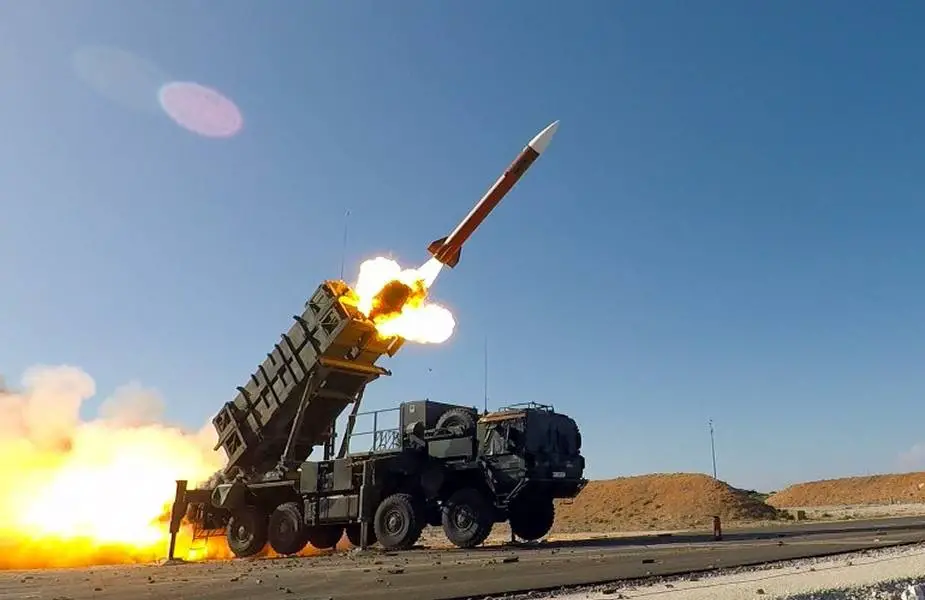Georgia Tech Applied Research Corp., Atlanta, Georgia, has been awarded a $770,000,000 indefinite-delivery/indefinite-quantity contract for Advanced Radar Threat System - Variant 1 (ARTS-V1) production systems.
Follow Air Recognition on Google News at this link
 The Advanced Radar Threat System-Variant 1 (ARTS-V1) is a Surface-to-Air Missile (SAM) threat radar system based on a modern, long range, strategic SAM threat system. Pictured here, the firing of a surface-to-air Patriot missile (Picture source: US DoD)
The Advanced Radar Threat System-Variant 1 (ARTS-V1) is a Surface-to-Air Missile (SAM) threat radar system based on a modern, long range, strategic SAM threat system. Pictured here, the firing of a surface-to-air Patriot missile (Picture source: US DoD)
This contract provides for the procurement of ARTS-V1 systems and interim contract support, training and completion of the technical data package. Work will be performed in Atlanta, Georgia, and is expected to be completed by Oct. 24, 2027. This award is the result of a sole-source acquisition. Fiscal 2021 other procurement funds in the amount of $43,952 are being obligated at the time of award. Air Force Life Cycle Management Center, Hill Air Force Base, Utah, is the contracting activity (FA8210-22-D-0001).
The Advanced Radar Threat System-Variant 1 (ARTS-V1) is a Surface-to-Air Missile (SAM) threat radar system based on a modern, long range, strategic SAM threat system . The ARTS-V1 is designed to be used at Department of Defense (DoD) training ranges for aircrew training, tactics and procedures (TTP) development to increase combat effectiveness and aircrew survivability by training aircrews to engage or defend against an advanced SAM threat before encountering it in actual combat. Various aircraft platforms will train against the ARTS-V1, but the most stringent requirements placed on the ARTS-V1 system design come from fifth generation aircraft capabilities.
The ARTS-V1 is a robust and ruggedized Passive Electronically Scanning Array (PESA) system that is transportable, tracks and/or engages multiple targets simultaneously, and is reactive to aircrew/aircraft defensive measures. The radar system will present threat parametric data derived from Integrated Technical Evaluation and Analysis of Multiple Sources (ITEAMS) intelligence assessments and from the Electronic Warfare Integrated Reprogramming (EWIR). Additionally, the system will provide threat representative full Effective Radiated Power (ERP), replicate threat signals, antenna patterns, operational modes, threat tactics capabilities, and the capability to send real-time radar data back to the Range Control Center (RCC). The RCC will be in conjunction with the range's Digital Integrated Air Defense System (DIADS)-controlled threat environment for processing and analysis.
















